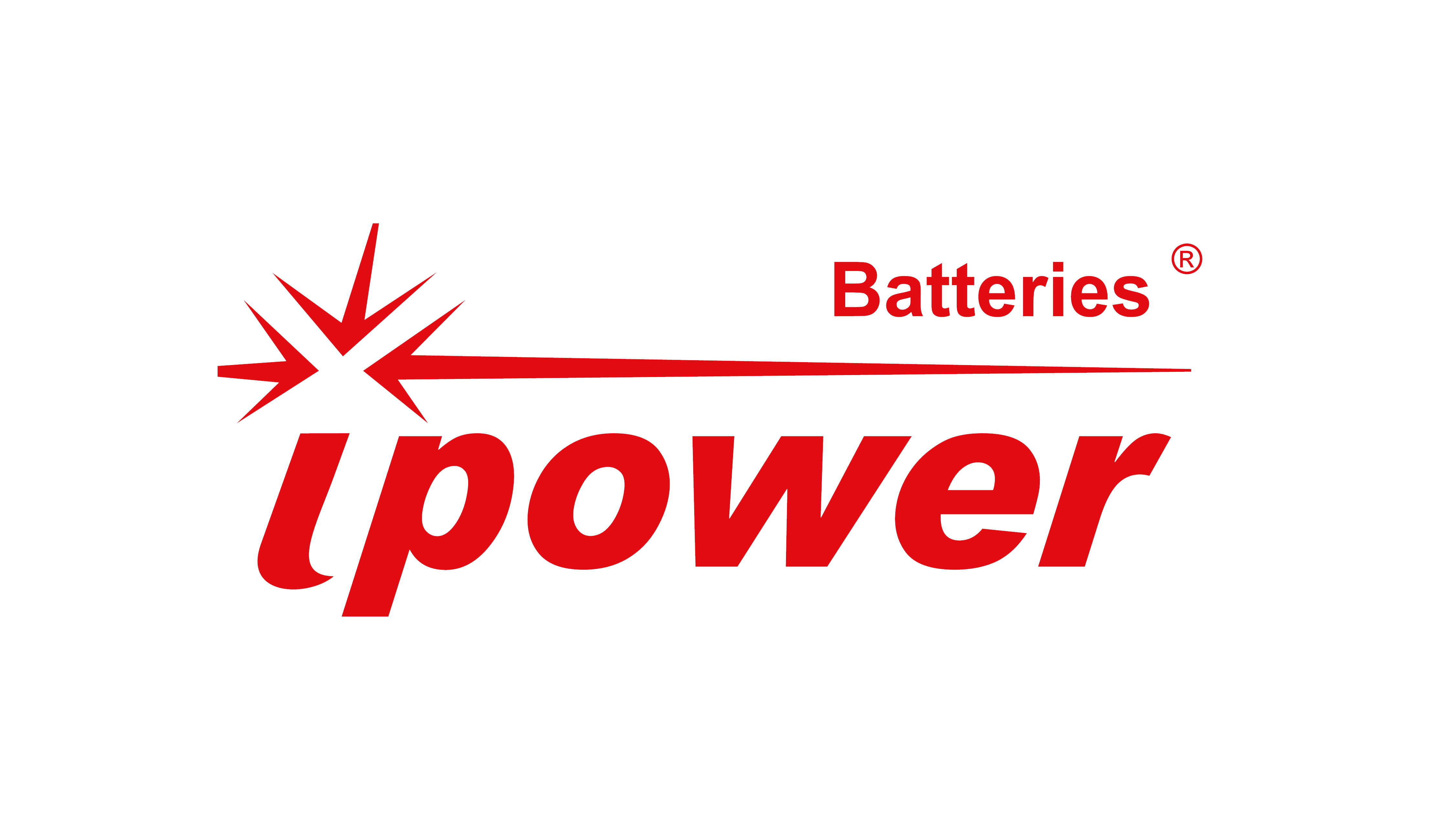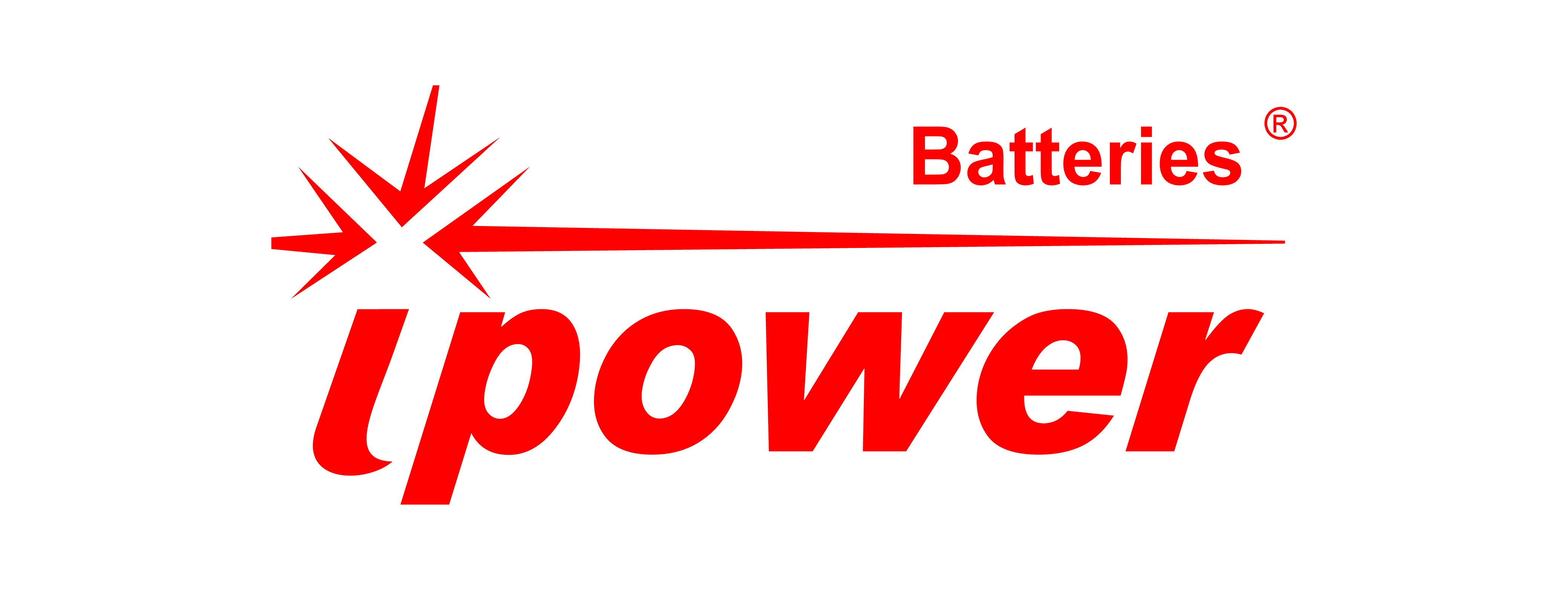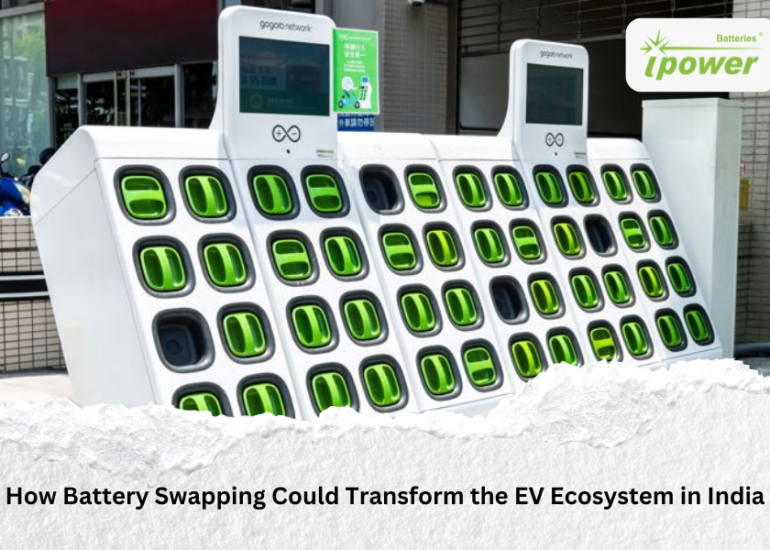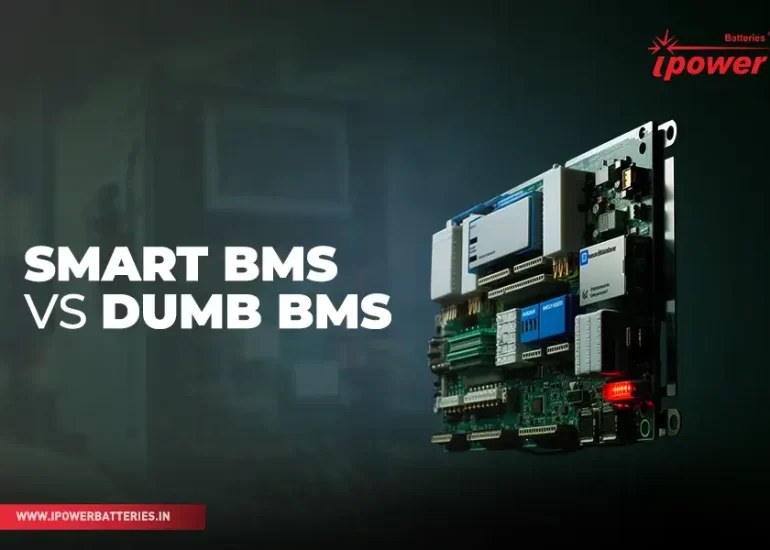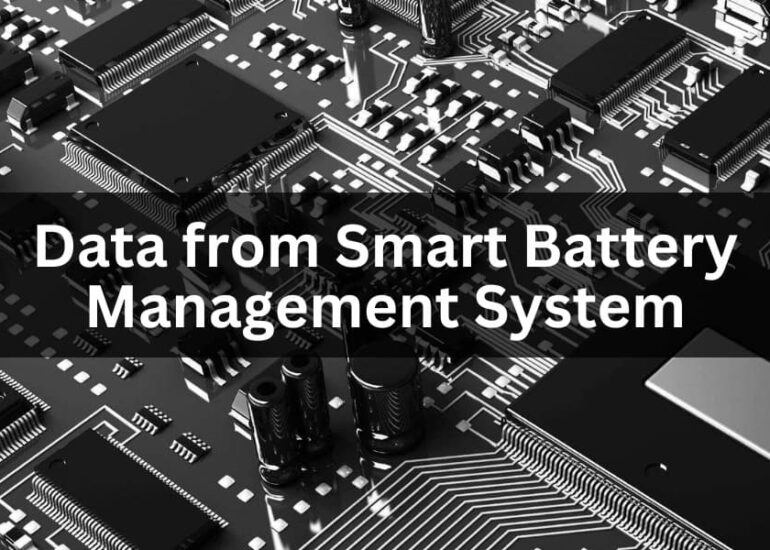Lithium batteries have revolutionized the way we use portable electronics, electric vehicles, and renewable energy storage systems. With various chemistries available, it’s crucial to understand the differences between them. In this blog, we’ll delve into the three prominent types of lithium batteries: Nickel Manganese Cobalt (NMC), Lithium Iron Phosphate (LFP), and Olivine Lithium Manganese Iron Phosphate (LMFP). Each type offers unique advantages and limitations that cater to specific applications.
-
NMC Batteries: Power and Performance at a Cost
NMC batteries utilize a combination of nickel, manganese, and cobalt in their cathode, making them popular for electric vehicles due to their high energy density, power density, and cycle life. However, these batteries come with drawbacks. Cobalt, an essential component, is both scarce and expensive, often mined under unethical conditions. Additionally, NMC batteries have relatively low thermal stability, making them susceptible to thermal runaway if subjected to internal short circuits or abuse. Environmental concerns related to cobalt mining are also important to address.
-
LFP Batteries: Safety and Sustainability on a Budget
LFP batteries employ lithium iron phosphate (LiFePO4) as their cathode material. The iron and phosphate used in LFP batteries are more abundant and cost-effective than the materials used in NMC batteries, mainly cobalt. These batteries are also less toxic, simplifying the recycling process at the end of their lifecycle. Moreover, LFP batteries demonstrate superior safety and thermal stability compared to NMC batteries. They can endure higher temperatures and larger power draws without entering thermal runaway. However, their lower energy and power density necessitate more space and weight to store the same amount of energy.
-
LMFP Batteries: Striking a Balance
LMFP batteries combine the advantages of LFP and NMC batteries, offering a hybrid solution. By partially substituting manganese for iron in the cathode, LMFP batteries achieve higher voltage and capacity than LFP batteries while retaining the safety features of LFP and the energy density of NMC. As a result, they strike a balance between safety and high energy density, making them suitable for hybrid electric vehicles. Additionally, LMFP batteries benefit from using manganese, a more abundant and cost-effective material than cobalt, reducing the overall environmental impact and cost.
Challenges and Room for Improvement
Despite their unique strengths, each type of lithium battery faces certain challenges. LMFP batteries, for instance, have room for improvement in rate performance, particularly in terms of electronic conductivity and lithium ion diffusion coefficient. Enhancing these aspects would enable faster charging and discharging. Similarly, NMC batteries need to address issues related to cobalt sourcing and thermal stability to minimize environmental impact and enhance overall safety.
The world of lithium batteries offers a diverse range of options, each tailored to specific needs. NMC batteries cater to high-performance electric vehicles, LFP batteries to cost-effective and safe energy storage systems, and LMFP batteries to hybrid electric vehicles, striking a balance between safety and high energy density. As technology progresses, advancements in battery chemistry will continue, overcoming limitations and meeting the evolving demands of the market. With these developments, we can look forward to a more sustainable and efficient future, powered by lithium batteries.
